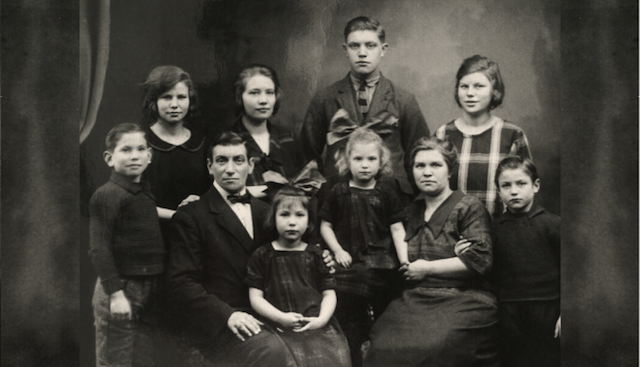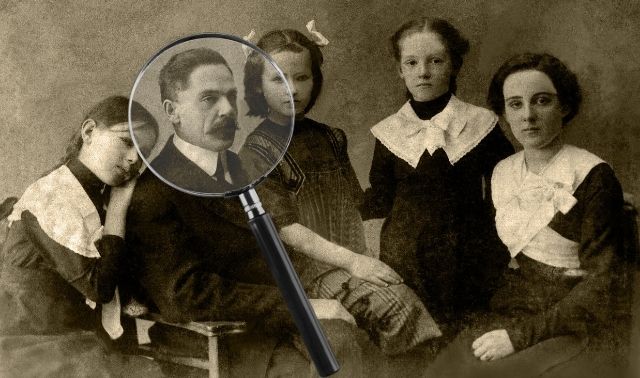Sign up for the Family Tree Newsletter! Plus, you’ll receive our 10 Essential Genealogy Research Forms PDF as a special thank you.
Get Your Free Genealogy Forms
"*" indicates required fields

Search “Victorian death photography” on the web and you will get dozens of results with gruesome headlines and creepy photos (“These Victorian Death Portraits Will SHOCK You!” etc.) However, despite all those postmortem photography slideshows that have gone viral, like this one, only a few of these photos are actual postmortem images.
Many of these supposed postmortem images show people who are very much alive and posing stiffly due to exposure times of up to 20 minutes, perhaps supported by metal braces photographers often used with subjects to help them remain still. Or a photographer may have darkened a person’s blue eyes so they show up better (which does give a creepy effect).
While our ancestors did sometimes people after they’d died, the truth is not-so-macabre. In fact, photographing the dead is an old tradition.
Authentic Examples of Posthumous Portraiture
Photo history author Dr. Stanley Burns divides postmortem photos into two types: “One portrays the person in death, and the other … poses the person as if they were still alive.”
Some of his collection was featured in an exhibit called Securing the Shadow: Posthumous Portraiture in America, at the American Folk Art Museum in New York City. It shows how to spot photographs and other art that truly memorializes the deceased.
Thank you to Dr. Stanley Burns and the American Folk Art Museum for allowing me to use two images from the exhibit.
Children were commonly photographed after death. Epidemics and the lack of modern antibiotics raised the mortality rate of infants and small children, and a postmortem photo might be the family’s only picture of a child. Here, a grieving father poses with his baby.
c. 1860
Check women’s listings in the 1900 or 1910 US census to compare the number of their children born versus the number still living. It can be shocking.
An obvious sign of death in a portrait is a body in a coffin. The body may be adorned with flowers or for a child, a favorite toy.

c. 1844
Sometimes the whole family surrounded the deceased in a last chance for a family portrait. In this image, the family gathers behind the casket at a funeral.

Some photographers did employ techniques to make a deceased person look more life-like. That included tying a person to a chair or tying their chin so that the mouth wouldn’t open. Hand-coloring the image could enhance the image.
Could there be posthumous portraiture of your ancestors? It’s possible, but unlikely. Mourning images are more common than postmortem images. Spot evidence of a death in your family album by watching for the following:
- a woman wearing jewelry, such as a brooch or pendant, made with hair and featuring a photo
- a photo featuring dead flowers or arrangements of flowers with a picture in the center.
- a person holding a photograph of a person who has died.
- a woman dressed in black, but this is tricky. Dark colors and even some bright ones, like orange, appear black in old photos. And our ancestors might wear other colors while mourning. Some mourners wore lavender, depending on their relationship to the deceased.
If you’re not sure whether you have a postmortem photograph, look for death records, newspaper obituaries or a mention in a family document dating from the same time as the photo.
Last updated: Oct. 2022









